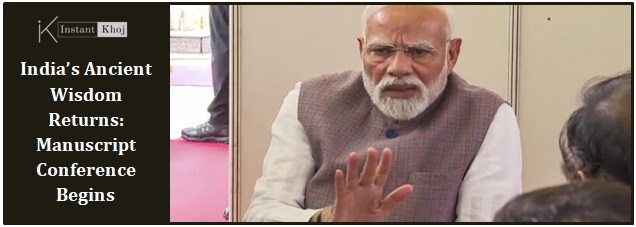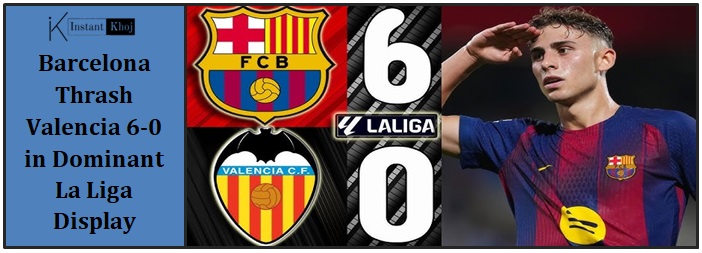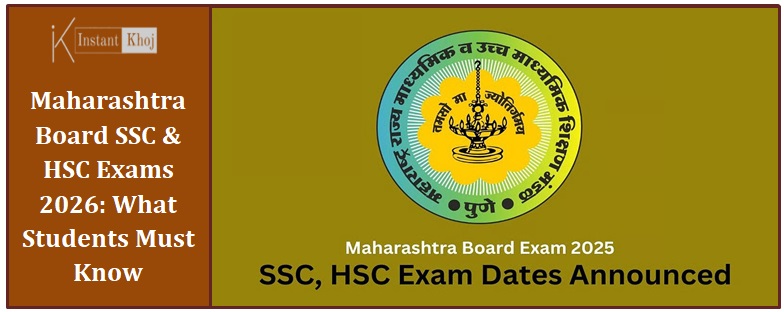New Delhi welcomed a landmark event today as the first-ever international conference on India’s manuscript heritage—titled “Reclaiming India’s Knowledge Legacy Through Manuscript Heritage”—began at Vigyan Bhawan. Organized under the ambitious Gyan Bharatam Mission, this three‑day conference (September 11–13, 2025) aims to unite scholars, conservators, cultural custodians, technology experts, and young researchers from across India and around the world. With both in‑person and virtual modes, the event is designed to chart a sustainable path for preserving, digitizing, and promoting India’s immense manuscript legacy.
Why This Conference Is Truly Historic
Honouring a Legacy of Knowledge
The date—September 11—was specially chosen to commemorate Swami Vivekananda’siconic address at the Parliament of the World’s Religions in Chicago in 1893. That moment symbolized India’s spiritual and intellectual outreach to the world, and this conference seeks to renew that vision by reconnecting with centuries of manuscript wisdom.
Launch of Gyan Bharatam: Mission, Vision & Scale
Unveiled in the Union Budget of 2025–26, the Gyan Bharatam Mission builds on India’s earlier National Mission for Manuscripts (initiated in 2003), but with much larger scope. Its goals include mass digitization, preservation, translation, AI‑assisted tools, institutional capacity building, and bridging past and future knowledge systems. India is home to over 10 million manuscripts, spanning philosophy, science, medicine, literature, ritual arts, and more. Many are in fragile condition, unpublished, untranslated, or dispersed across remote regions.
What to Expect at the Conference
Key Outcomes & Commitments
-
New Delhi Declaration on Manuscript Heritage
A foundational document that will set standards, policy directions, and collaborative frameworks for conservation, translation, digital archiving, and ethical custodianship. -
Formation of Expert Working Groups
Dedicated task forces for curriculum integration, decipherment of obscure scripts (e.g., Gilgit, Śankha, Indus), metadata standards, conservation and restoration, and technology & digital tools. -
Manuscript Research Partner (MRP) Programme
A youth‑oriented initiative providing hands‑on script labs, workshops, training in palaeography and manuscriptology, and content creation. This aims to nurture the next generation of experts.
Event Highlights & Programming
-
Over 500 delegates—including about 75 scholars and custodians from India and abroad. Hybrid format ensures global reach.
-
Thematic sessions covering conservation, digitization, metadata, AI / HTR tools, codicology, paleography, legal frameworks, and integrating manuscript heritage into modern education.
-
Side‑events: exhibitions of rare manuscripts including UNESCO’s Memory of the World selections, live restoration/digitization demonstrations, cultural performances, and a space for manuscript‑focused startups to showcase tech innovations.
Structure & Logistics
-
Sessions are organized in plenary and parallel tracks, offering both deep dives and broad discussions.
-
Submissions for research papers and case studies were invited in Hindi or English by August 10, 2025 via the official site.
Preservation Progress: Where India Stands
Over the past two decades, India has made measurable strides in manuscript conservation:
-
Since 2003, 3.5 lakh manuscripts have been digitized under various government initiatives.
-
Approximately 92 Manuscript Conservation Centres (MCCs) have been established—of which about 42 are currently active. Additionally, there are nearly 93 Manuscript Resource Centres, with 37 active.
Yet, much remains: thousands more manuscripts await cataloguing, many are deteriorating, millions remain untranslated, and digital archives are only reaching a fraction of what exists. The conference intends to address these fundamental gaps.
Broader Impacts
Reviving Civilizational Continuity
India’s manuscripts are not relics—they are living conduits of knowledge systems that span centuries: Ayurvedic medicine, mathematics, metaphysics, arts, and rituals. By restoring and disseminating them, the country reaffirms its roots while inspiring innovation in humanities, technology, and cultural diplomacy.
Youth Engagement & Skill Development
Through training programs like MRP, workshops and labs, young scholars will gain technical skills(digitization, AI tools), linguistic proficiency, and cultural awareness. This can lead to new careers in heritage science, conservation, academia, and heritage technology startups.
Technology Meets Heritage
The conference underscores how traditional scholarship is being enriched by modern tools—AI, HTR (Handwritten Text Recognition), IIIF framework, cloud archiving, ethical metadata, and international repository linkages. These technologies can accelerate preservation, analysis, translation, and public access.
Cultural Diplomacy & Global Scholarship
With participants from across nations, the event helps India contribute fresh knowledge to global discussions, enhance its role as custodian of ancient wisdom, and foster international collaborations in cultural heritage, archival sciences, and digital humanities.
Challenges & What Needs To Be Done
The conference itself identifies key obstacles that must be addressed for long‑term success:
-
Sustainable Funding & Infrastructure
Laboratories, conservation centers, digitization tools require continuous investment—not just one‑time grants. -
Capacity & Expertise
Experts in rare scripts, conservation, metadata, AI tools are limited. Training and retaining talent will be essential. -
Translation & Accessibility
Millions of manuscripts are either untranslated or locked away. Making content available in multiple languages and formats will help spread knowledge beyond specialists. -
Ethical & Community Engagement
Manuscripts housed in religious institutions, private collections or communities may have cultural uses beyond scholarship. Sensitivity to custodians’ wishes and ethical frameworks are vital. -
Standardization & Policy Support
Metadata, copyright, digitization standards must be unified. Institutional linkages are needed to ensure uniformity and inter‑operability.
What Happens Next
-
Day Two promises the presence of the Prime Minister, signaling strong political will and alignment across ministries.
-
The New Delhi Declaration will be formalised—setting a policy compass for the coming years.
-
Outcomes from the working groups will begin to feed into programs of Gyan Bharatam: digital repositories, expanded conservation centres, national curricula inclusion, startup funding, and international partnerships.
Final Thoughts: A Legacy Reclaimed, A Future Empowered
Today marks more than the opening of a conference—it’s a turning point in India’s journey to reclaim, preserve, and share its knowledge heritage. The manuscripts are bridge‑builders: between past and future, between local custodians and global scholars, between tradition and modern technology.
If India can successfully translate this moment into sustained action—through inclusive policy, community participation, training, and technology—the Gyan Bharatam Mission may well become a model for heritage revitalization globally.
The wisdom of ancient scribes, etched on fragile paper, palm leaf, or birch bark, may yet illuminate paths in our digital age—if given the chance.




